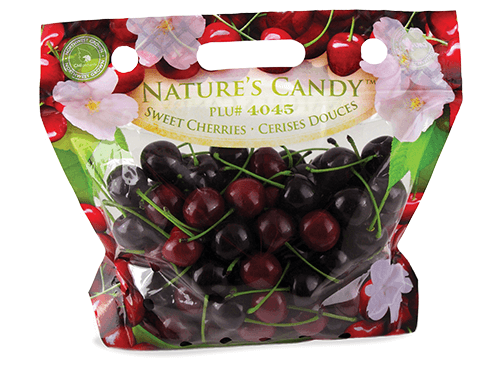Michigan stands out as a prominent hub for cultivating tart cherries in the United States, boasting a staggering 75% of the nation's acreage devoted to this tart cherry variety. The harvesting process for these trees relies on a method known as tree shaking, whereby the cherries are dislodged from the trees using mechanical shaking.
Regrettably, the established method of utilizing mechanical shakers to harvest the cherries comes with its drawbacks. One notable downside is that the trees must mature for 7 to 8 years before they can be harvested. This extended growth period demands a substantial financial investment before any returns can be realized from these new plantings. Additionally, the use of mechanical shakers has the potential to cause harm to the tree trunks, thereby compromising the orchard's longevity.
Oxley Farms, helmed by Ed, Chris, and Rick Oxley, operates a 250-acre tart cherry orchard in Lawton, Michigan. A pivotal moment occurred in 2010 when a hailstorm decimated a 50-acre section of young tart cherry trees. Faced with this setback, the Oxleys sought guidance from Michigan State University Extension, as researchers there were experimenting with alternative high-density planting methods and innovative over-the-row (OTR) harvesting techniques.
They embarked on the creation of a unique machine, drawing inspiration from harvesters used in grape, blueberry, cherry, and coffee production.
 La raccoglitrice di ciliegie OTR (Over The Row), costruita su misura, utilizza i denti rotanti per scuotere i frutti dai singoli rami. Foto di Jackie Perkins, Michigan State University.
La raccoglitrice di ciliegie OTR (Over The Row), costruita su misura, utilizza i denti rotanti per scuotere i frutti dai singoli rami. Foto di Jackie Perkins, Michigan State University.
The Oxleys' latest planting strategy involves spacing trees at intervals of 9 feet along the rows while maintaining a standard row width. This configuration effectively doubles the number of trees per row, while still permitting the use of a trunk shaker once the trees outgrow the OTR method's capacity.

Read the full article: Michigan State University
Image: Michigan State University
Cherry Times - All rights reserved












